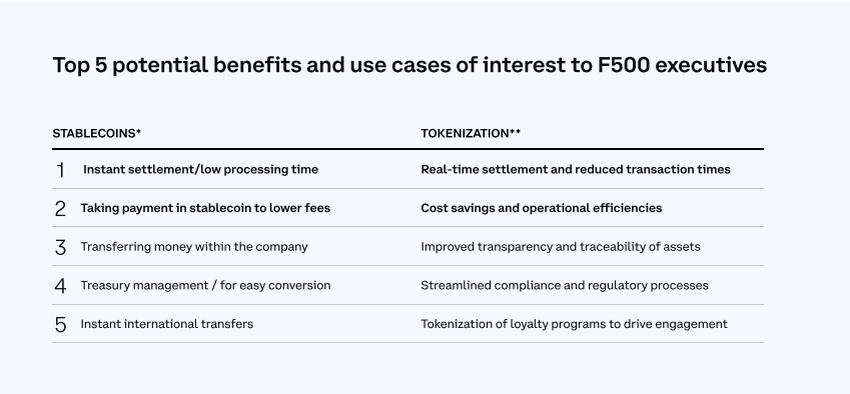State Street, a Boston-based financial services and banking giant, is taking steps to develop its own stablecoin.
According to Bloomberg, the firm is keen on integrating blockchain technology into its payment systems.
State Street Considers Stablecoin Amid Rising Blockchain Interest from Institutional
A source familiar with the matter revealed that besides stablecoin, State Street is considering creating a deposit token to represent customer deposits on a blockchain. Moreover, State Street is evaluating participation in digital-cash consortiums and exploring settlement options through its investment in Fnality—an on-chain payment startup. However, State Street’s representative has yet to confirm this news.
SponsoredThis move aligns with similar initiatives by other financial giants. For instance, French banking giant Société Générale launched a euro-pegged stablecoin, EUR CoinVertible (EURVC), in late 2023. Similarly, PayPal introduced its stablecoin, PYUSD, in early Q3 of 2024.
These ventures indicate a growing trend among traditional institutions to adopt blockchain technology and stablecoins. A June report by Coinbase highlighted that stablecoin use cases are among the top five potential benefits intriguing Fortune 500 executives.
Read more: What Is a Stablecoin? A Beginner’s Guide

The report noted that seven in 10 Fortune 500 executives are eager to explore stablecoin applications, particularly for payments. This is due to their instant processing times and lower fees. Jose Fernandez da Ponte, SVP and General Manager of Blockchain, Crypto, and Digital Currencies at PayPal, also acknowledged the significance of stablecoins.
“Stablecoins are the killer application for blockchains right now and they are going to be fundamentally important for the status of the dollar as a global reserve currency,” he stated in the report.
This growing interest also aligns with the increasing adoption of stablecoins. Coinbase reported that daily stablecoin transfer volumes reached a record high of $150 billion in Q1 2024, continuing an upward trend since Q3 2023.
“Stable tokens have proven utility and outrun bank transfers in speed, convenience, and security. Now that they are gaining regulatory clarity and support in the EU and other regions around the world, the demand for stable tokens will continue to grow. My expectation is that we are about to witness many other TradFi giants attempting to adopt them in some way or another”, Ric Shreves, President at DCF, told BeInCrypto.
Read more: Stablecoin Regulations Around the World
Despite this growth, regulatory clarity remains a challenge. The regulatory vacuum has contributed to the dominance of offshore-based stablecoins such as Tether’s USDT. This regulatory uncertainty could potentially deter some institutions from adopting stablecoins.

